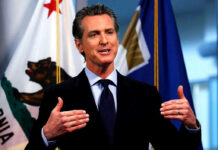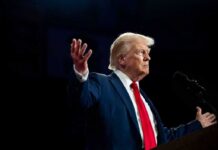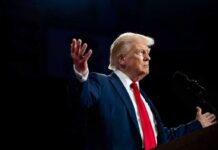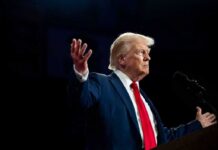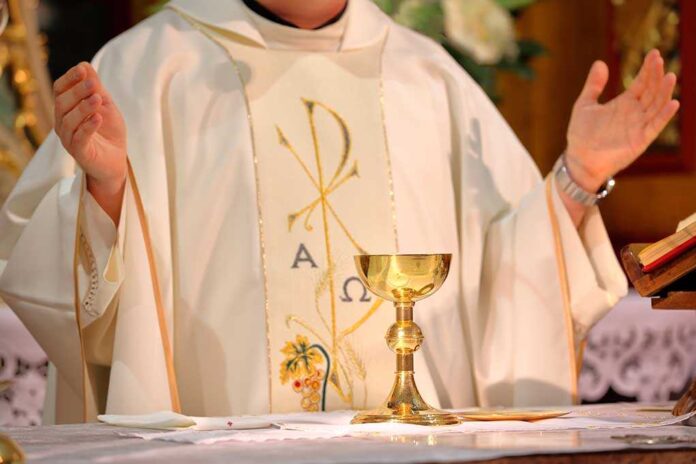
When a church joins forces with cancel culture to silence a local business owner, the result isn’t just controversy—it’s a warning shot across the bow of American discourse.
Story Snapshot
- A Texas business owner’s online complaint about H-1B visas ignites a wave of backlash from both the public and his own church.
- Community and religious leaders pile on, raising questions about free speech and cultural change in American suburbs.
- The incident exposes deep anxieties about rapid demographic shifts and the boundaries of acceptable criticism.
- How institutions respond to dissent may define the future of open dialogue in America.
The Social Media Spark That Lit the Fuse
Daniel Keene, a small-business owner in North Texas, didn’t intend to become a lightning rod for the culture war. He posted a short video on X, formerly Twitter, showing an Indian block party taking over a residential street. His comment—expressing frustration at the pace of demographic and cultural change and tying it to the H-1B visa program—was blunt but not profane, a snapshot of a sentiment shared quietly in many corners of suburbia.
Within hours, Keene’s post had gone viral. What began as a local complaint transformed into a referendum on immigration, assimilation, and the right to voice discomfort with change. Social media users accused Keene of racism and xenophobia, while others defended his right to speak openly about policies affecting his business and neighborhood. The virtual shouting match spilled into real life, with local activists tracking down Keene’s business and personal affiliations.
When the Church Becomes an Arbiter of Speech
The controversy escalated when Keene’s own church publicly distanced itself from him. Church leadership issued a statement condemning the “divisive language” and affirming their support for diversity and inclusion. Rather than reaching out privately to understand Keene’s concerns or offer pastoral guidance, the church sided with the loudest voices calling for accountability. Members of the congregation debated whether Keene’s views were compatible with Christian values, and some pressured him to step down from volunteer roles.
Daniel Keene was kicked out of his gym, his church, and almost lost his livelihood for simply stating that America should stay America.
More proof that many churches still remain under the shadow of HR, and that Crossfit still larps as something masculine. https://t.co/8WgUJMGybR
— Tyler C (@tyler_austin55) October 7, 2025
For Keene, the reaction felt like a betrayal of the church’s supposed mission to foster dialogue and forgiveness. For others, the episode served as a signal that certain opinions—especially those questioning the pace or nature of demographic change—are now beyond the pale, even in spaces once considered sanctuaries of free expression. The church’s decision sent a message to the broader community about which conversations are permissible and which are not.
Culture Clash or Honest Conversation?
The fallout from Keene’s post laid bare a set of American anxieties that rarely surface in polite conversation. Some community members insisted that criticizing H-1B visas is not an attack on immigrants but a legitimate economic concern, especially for small businesses competing with large corporations. Others argued that any public objection to cultural celebrations like block parties is coded resentment, a dog whistle for exclusion or prejudice.
What emerged was a stark divide over the definition of community and the limits of tolerance. Is it possible to express unease about rapid change without being labeled a bigot? Can institutions like churches play a constructive role in mediating these debates, or will they simply echo the prevailing winds of public opinion? The Keene episode provided no easy answers, but it underscored the volatility of these questions for towns across America.
The New Rules of Engagement for Dissent
The Keene story is not just about one man’s tweet or a church’s public statement. It’s a case study in the evolving power dynamics of American life, where a stray social media post can trigger institutional censure and reshape reputations overnight. For those who value open debate and the American tradition of dissent, the incident is a cautionary tale about the fragility of these norms in an age of instant outrage.
Institutions that once buffered individuals from the excesses of the mob now risk becoming amplifiers of collective condemnation. As demographic and cultural shifts accelerate, the essential question remains: will Americans find a way to discuss their differences honestly, or will fear of backlash drive difficult conversations underground? The answer may determine whether the next generation inherits a culture of robust dialogue—or a new, quieter form of conformity.


























